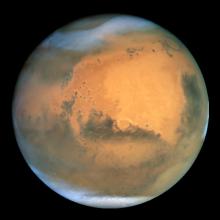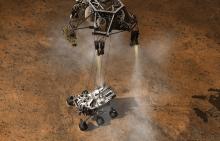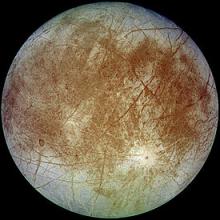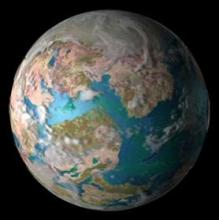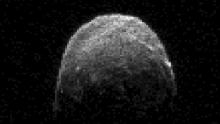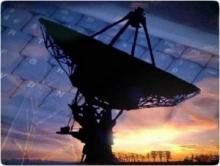New Probe En Route to Mars
While we may have thoroughly conquered the moon in the last century, this century is going to be all about the red planet as far as space exploration goes. We know a good deal about our neighbor planet--enough to have mapped it plenty--but there are still plenty of mysteries within that red soil. We've seen traces of water--does that mean there must have been some kind of tiny life on Mars once? Are we really Martians, brought over as microbes to Earth via wayward rocks? We're not sure, but NASA's latest exploratory bot is on its way to find out.


